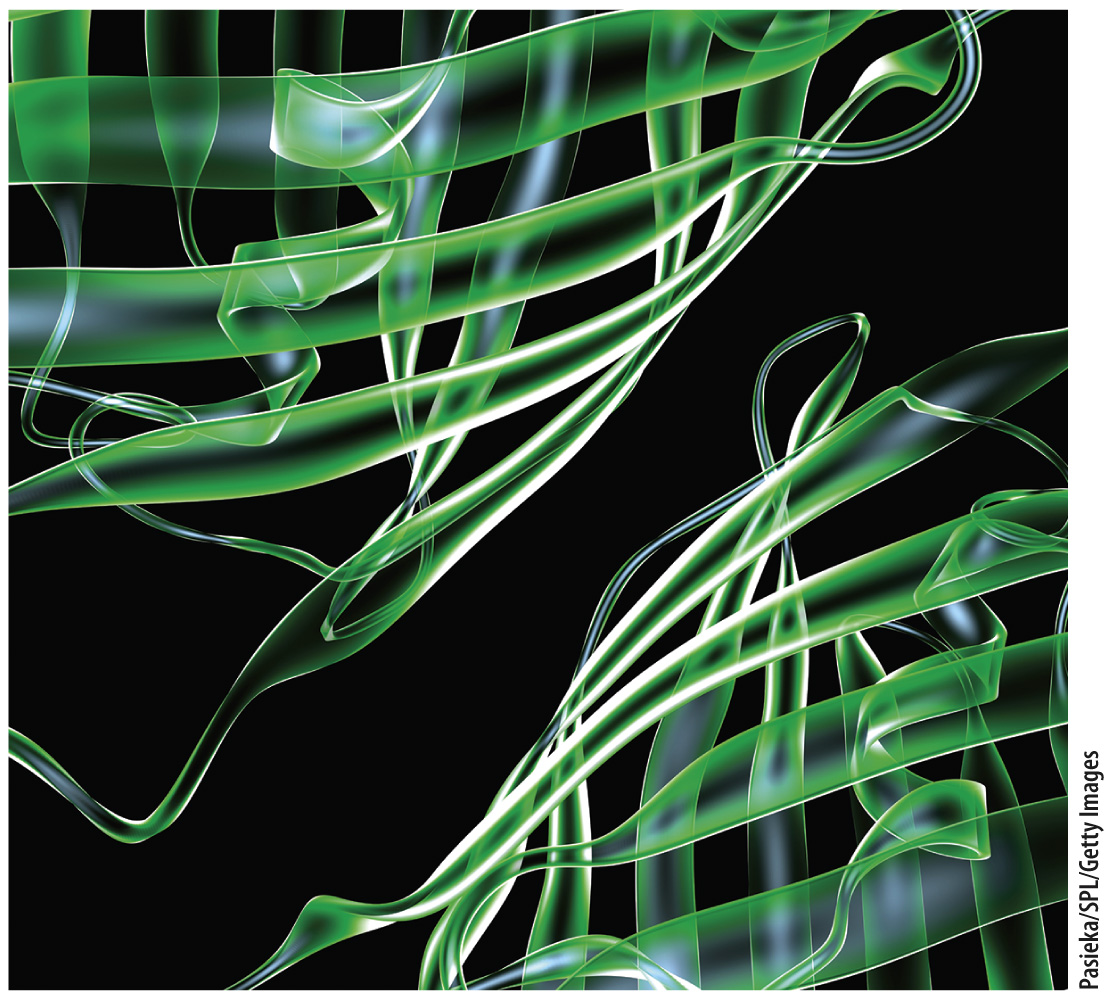Chapter 4 Introduction
69
CHAPTER 4
Translation and Protein Structure

Core Concepts
- Proteins are linear polymers of amino acids that form three-dimensional structures with specific functions.
- Translation is the process in which the sequence of bases in messenger RNA specifies the order of successive amino acids in a newly synthesized protein.
- Proteins evolve through mutation and selection and by combining functional units.
70
Hardly anything happens in the life of a cell that does not require proteins. They are the most versatile of macromolecules, each with its own built-
Want to see some proteins? Look at the white of an egg. Apart from the 90% or so that is water, most of what you see is protein. The predominant type of protein is ovalbumin. Easy to obtain in large quantities, ovalbumin was one of the first proteins studied by the scientific method (Chapter 1). In the 1830s, ovalbumin was shown to consist largely of carbon, hydrogen, nitrogen, and oxygen. Each molecule of ovalbumin was estimated to contain at least 400 carbon atoms. Leading chemists of the time scoffed at this number, believing that no organic molecule could possibly be so large. Little did they know: The number of carbon atoms in ovalbumin is actually closer to 2000 than to 400!
The reason that proteins can be such large organic molecules began to become clear only about a hundred years ago, when scientists hypothesized that proteins are polymers (large molecules made up of repeated subunits). Now we know that proteins are linear polymers of any combination of 20 amino acids, each of which differs from the others in its chemical characteristics. In size, ovalbumin is actually an average protein, consisting of a chain of 385 amino acids.
In Chapter 3, we discussed how genetic information flows from the sequence of bases of DNA into the sequence of bases in a transcript of RNA. For protein-